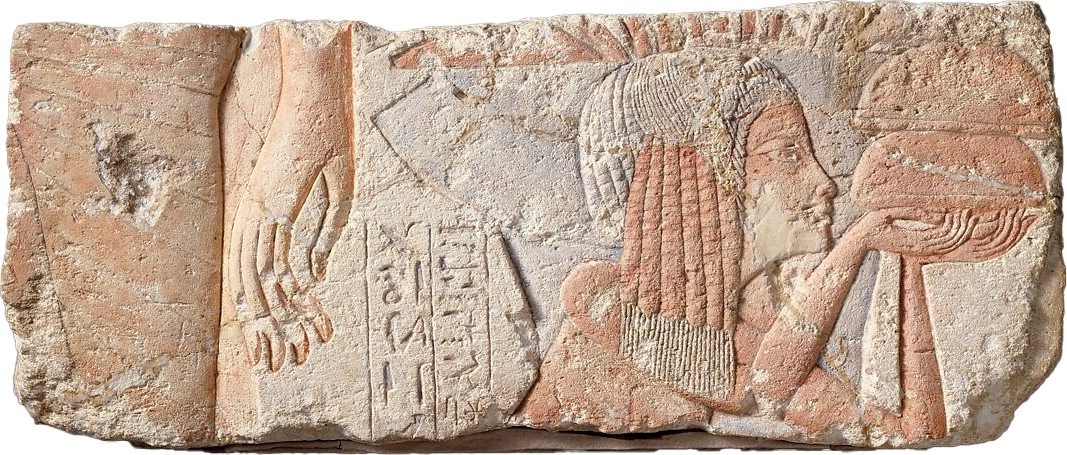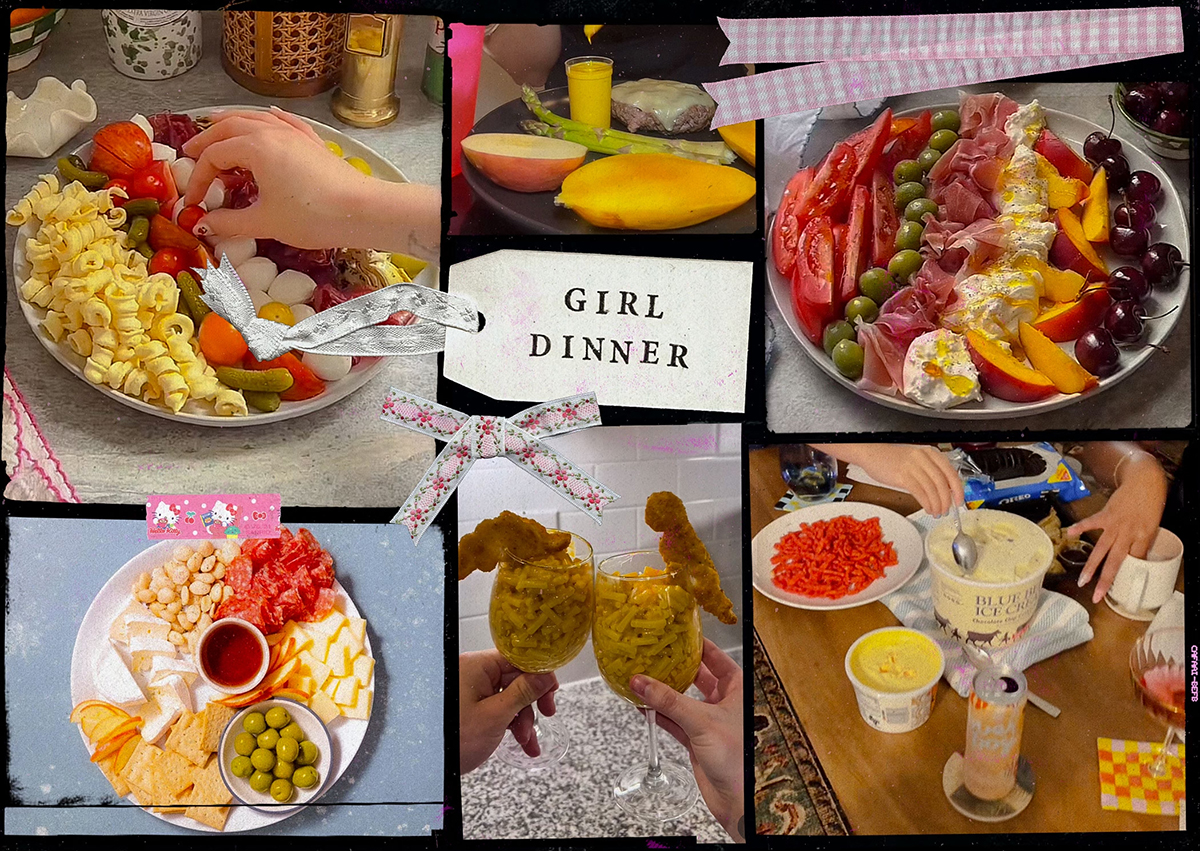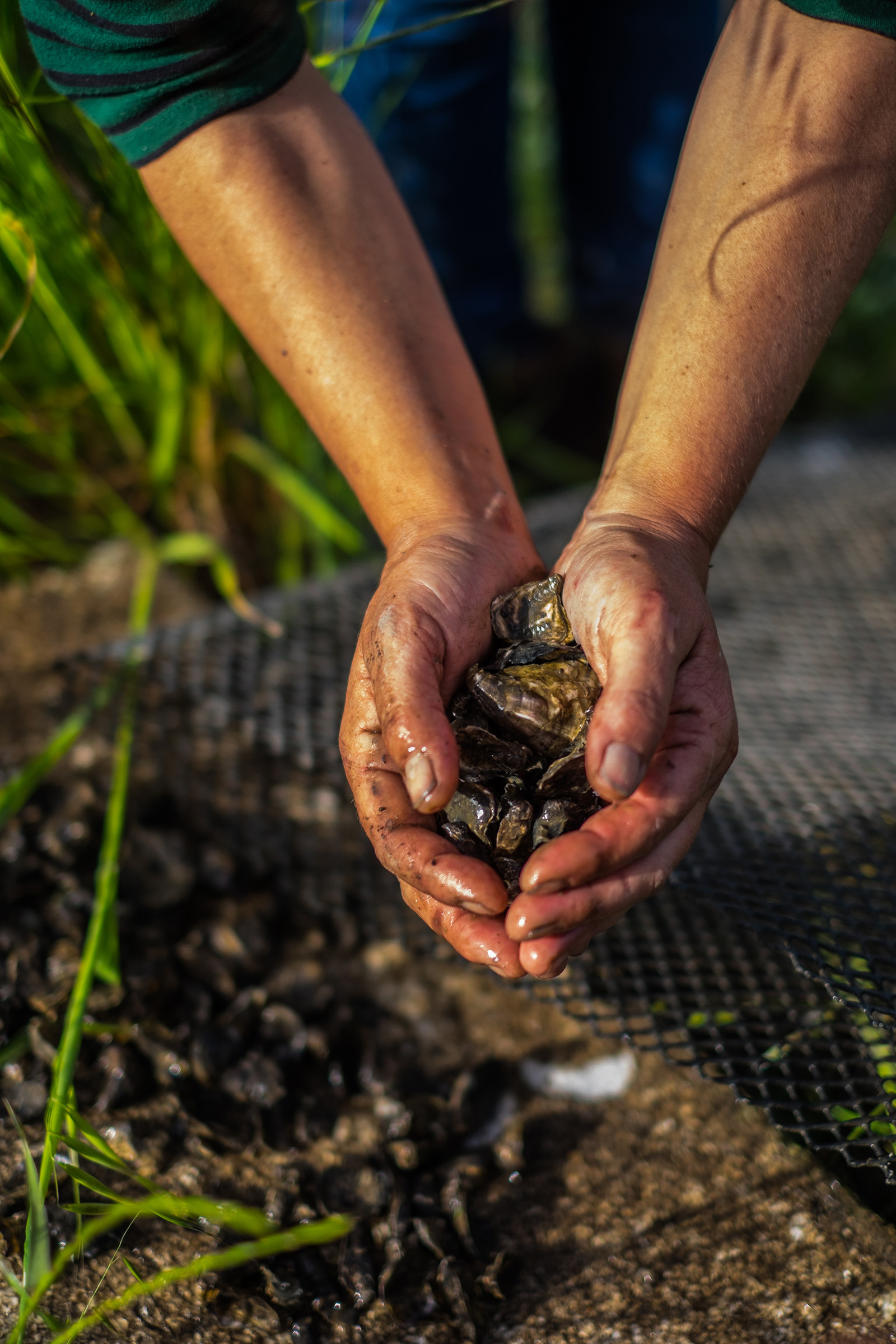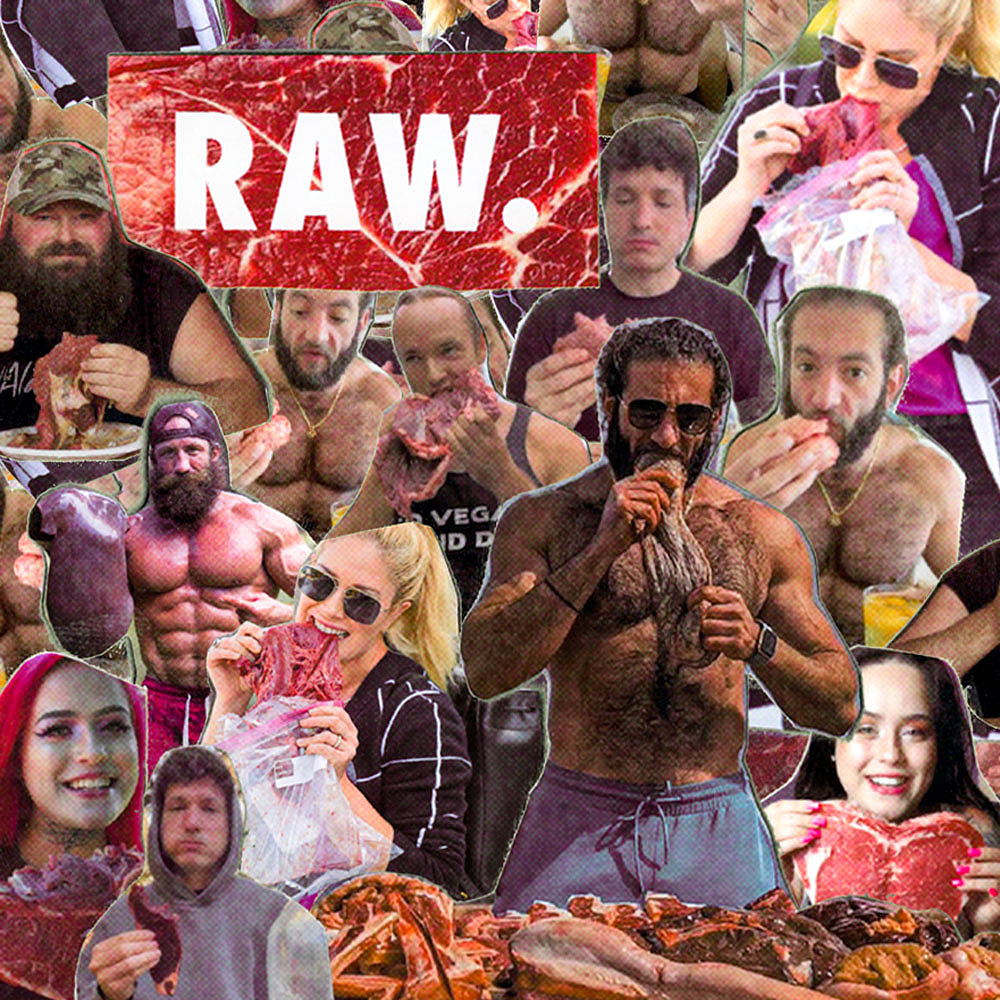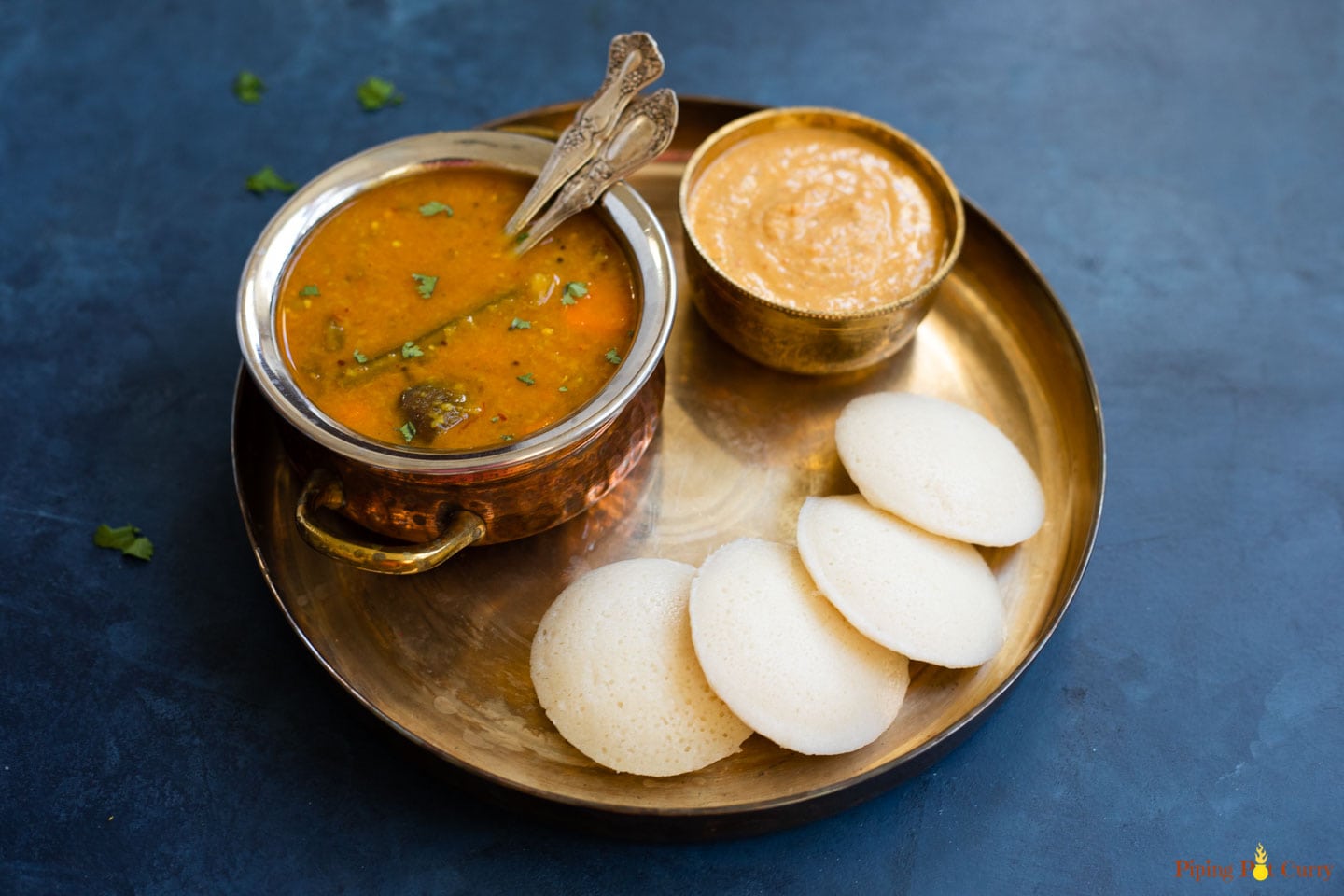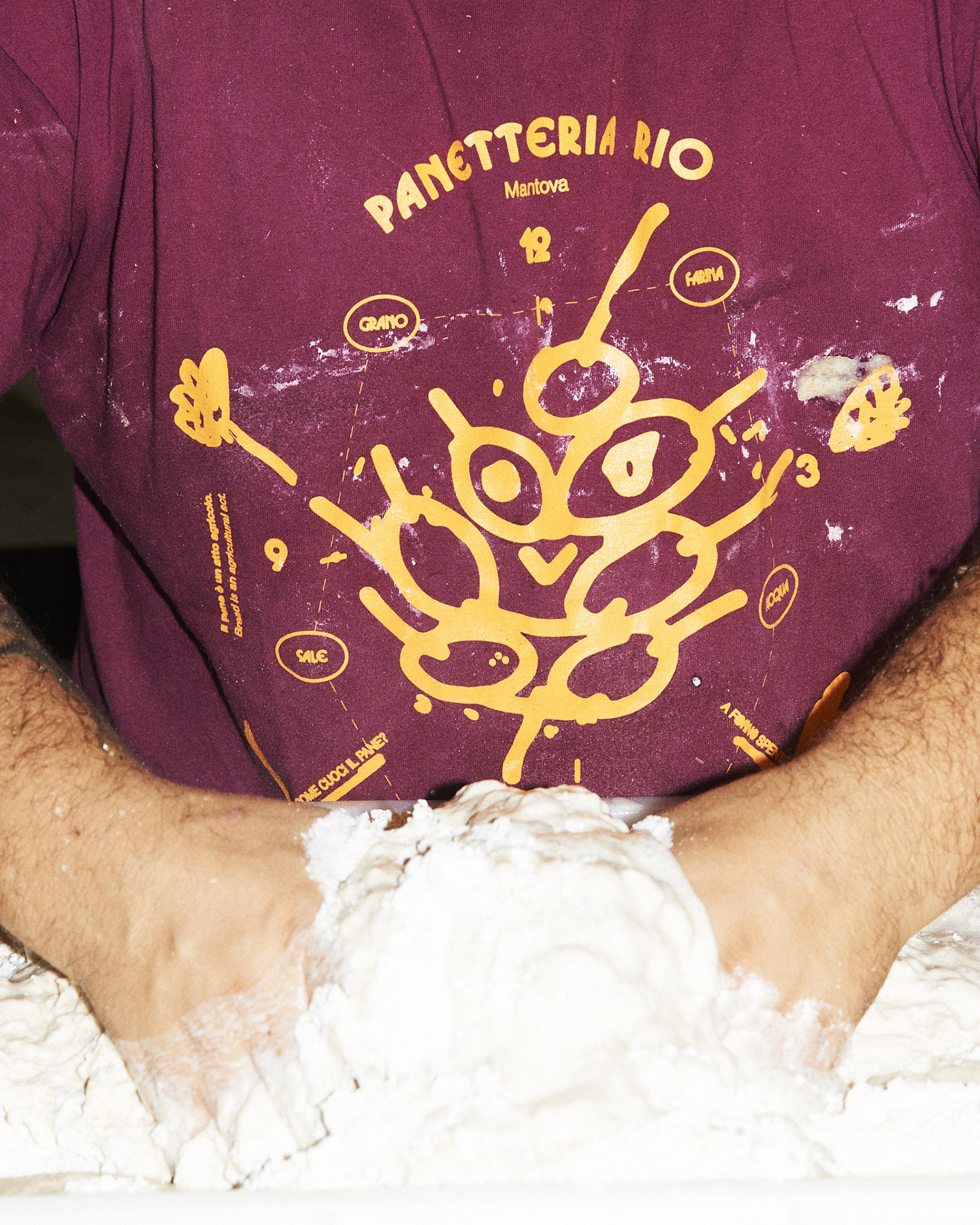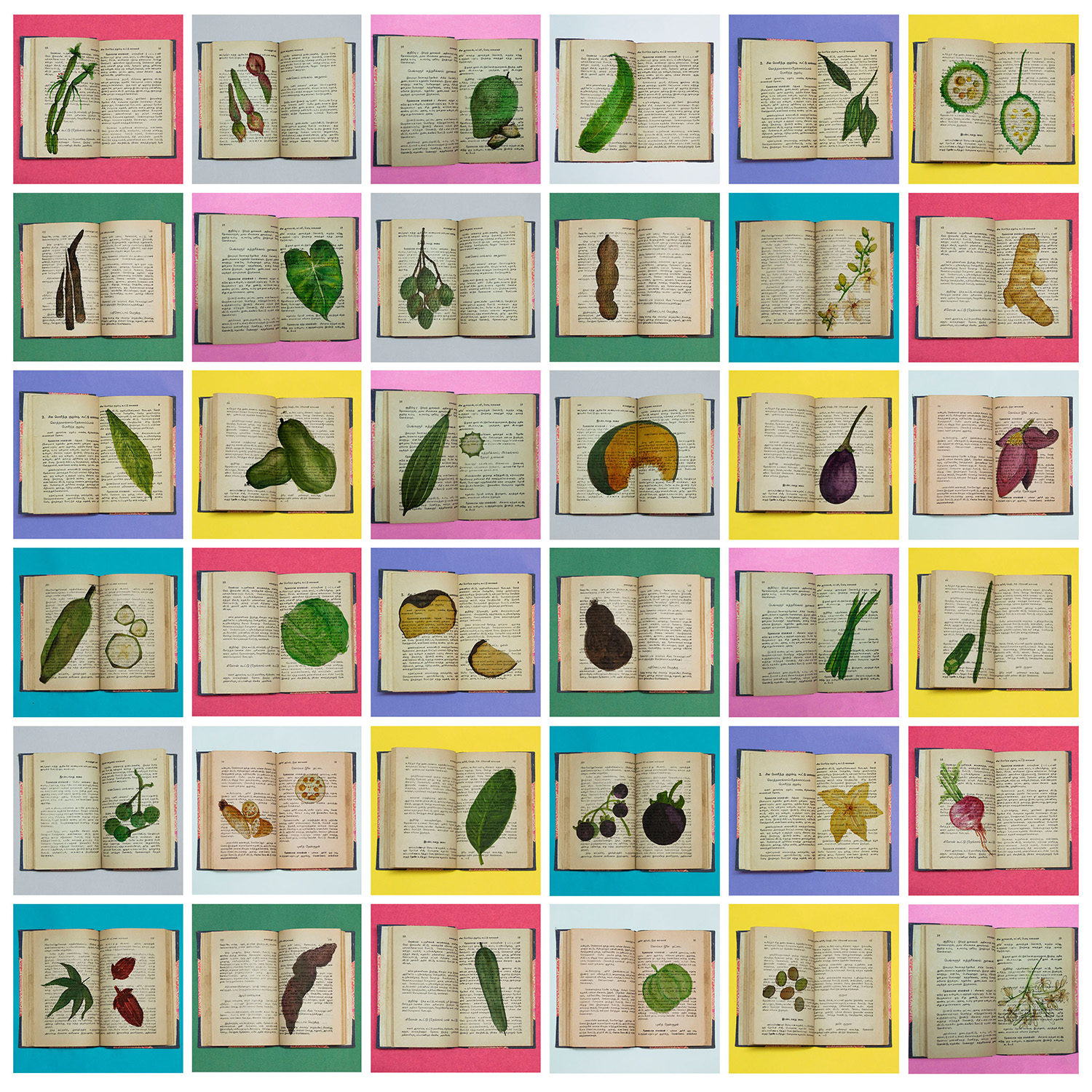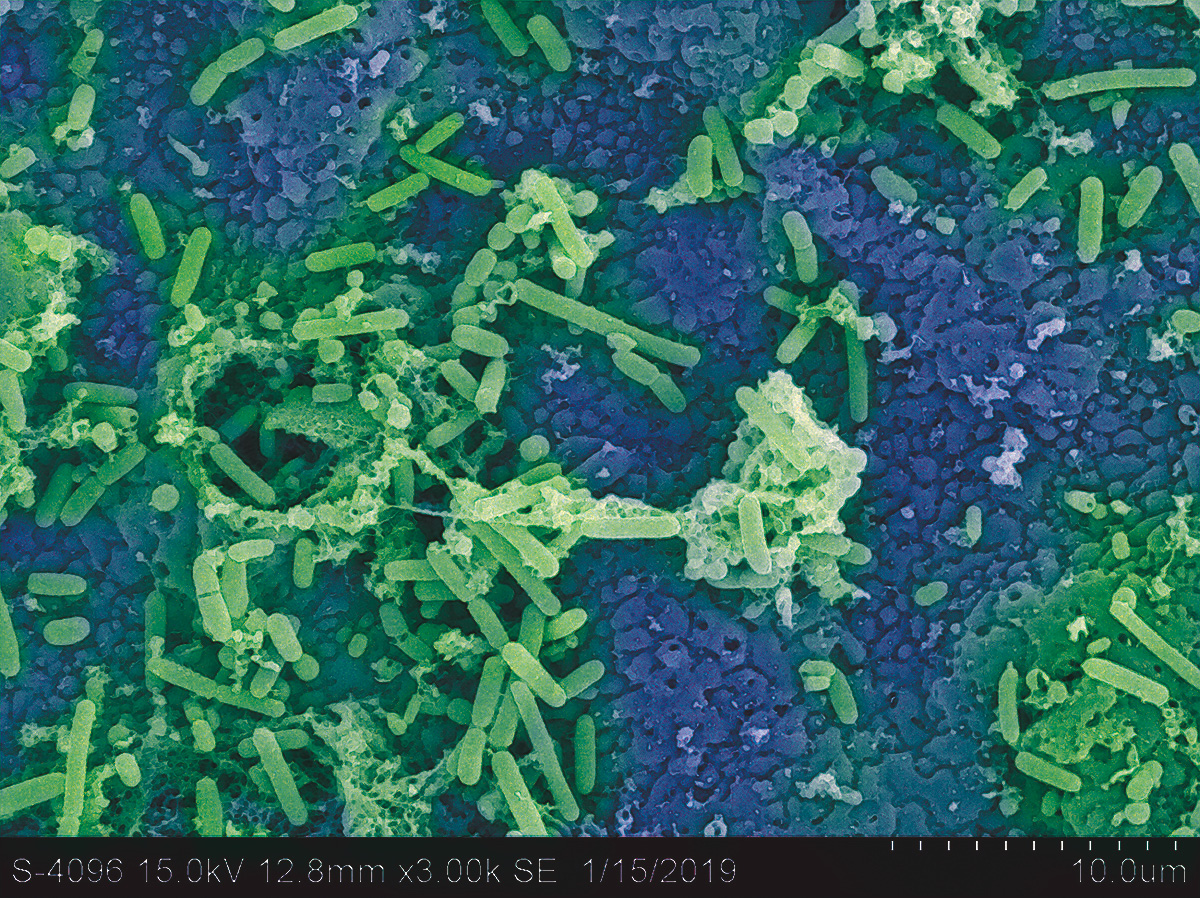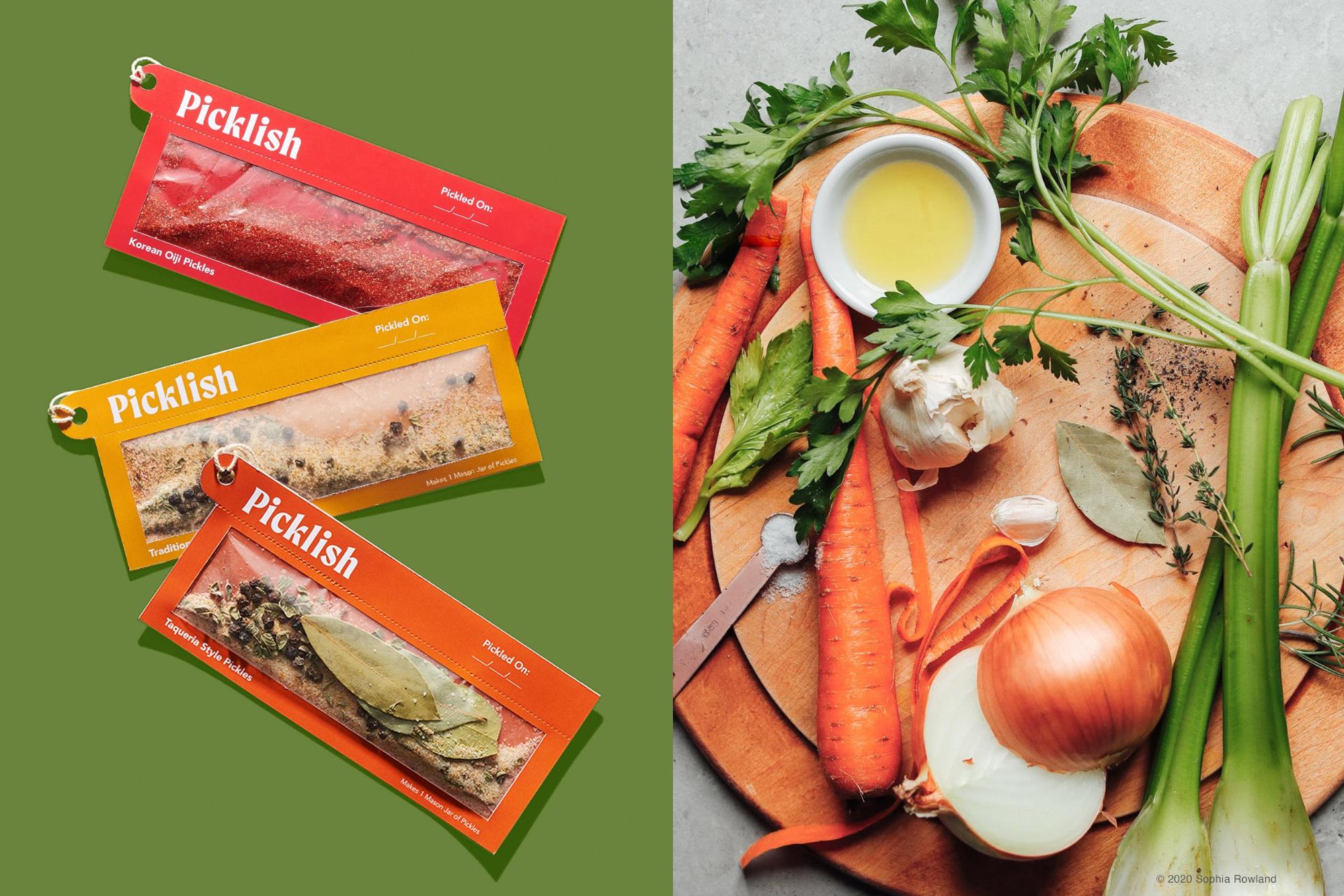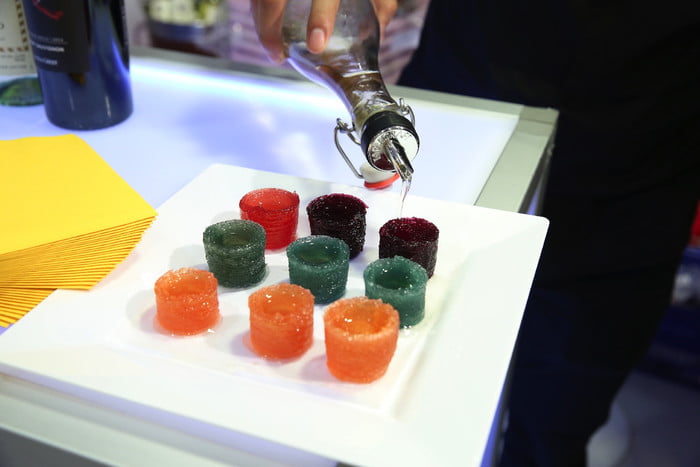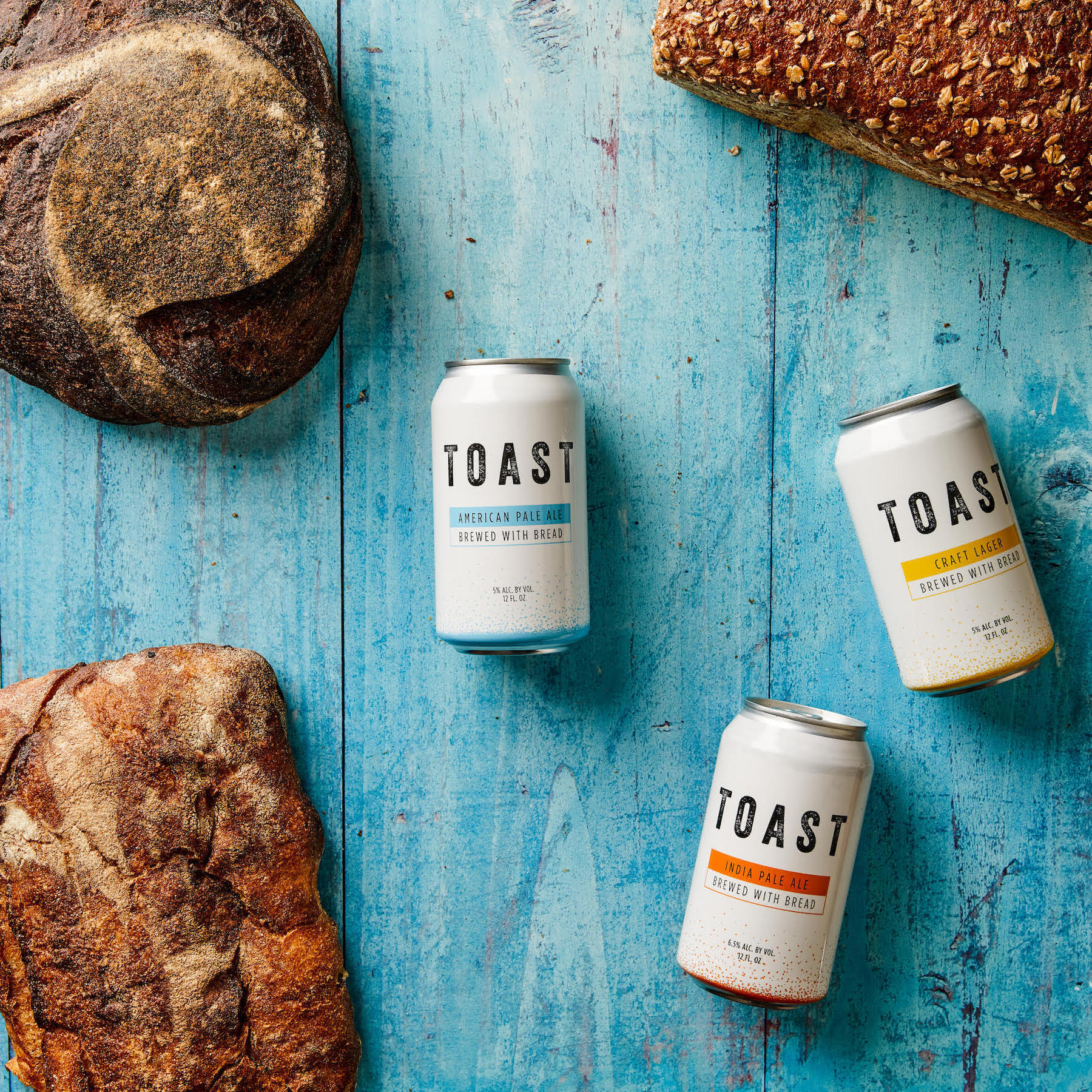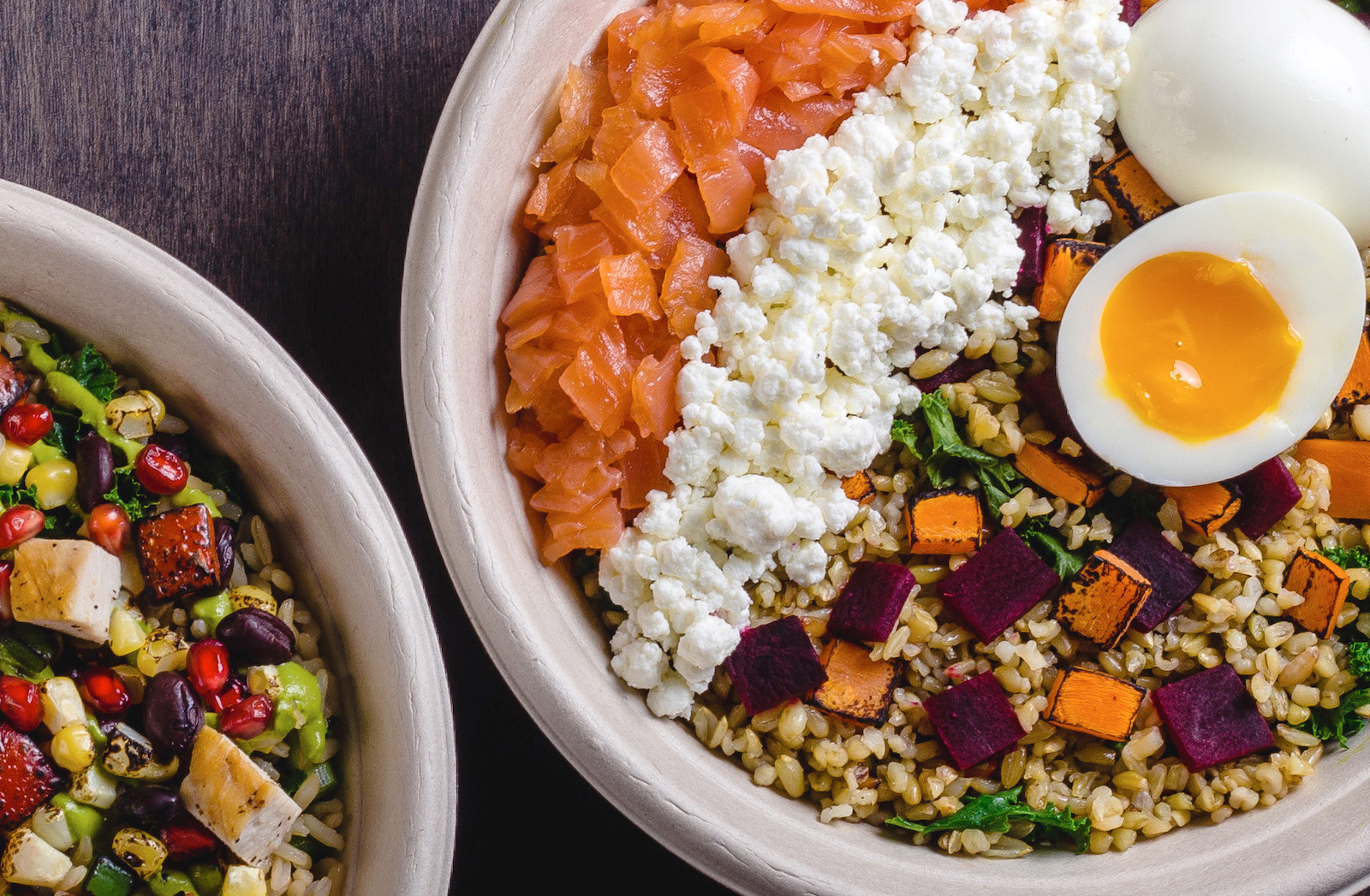In Italy, vegan cheese is political. Although less than 1% of Italians identified as vegan in 2018, businesses anticipating a plant-based future are safeguarding Italy’s traditional cheeses by introducing dairy-free versions. They’re starting with mozzarella, thanks to its easy-to-reproduce creamy flavor and squidgy texture. In 2018, MozzaRisella and Wellny, both from the northern region of the Veneto, launched their dairy-free mozzarellas in the United States. And Southern Italians are furious.
To understand why they’re furious, we need to understand what mozzarella means in Italy. Unlike in the US, where you can concoct a waxy slab of plasticky cheese and sell it as mozzarella, European law stipulates that mozzarella is only made in Italy. Furthermore, mozzarella is a certified DOP product, limiting its production to the regions of Campania, Lazio, Puglia and Molise.
Mozzarella is wrapped up in Southern identity. In the 2010 film Benvenuto Al Sud, which parodies the culture clash between the “cultured” North and “backwards” South, the respective characters’ favorite cheeses illustrate the gastronomic difference between the two regions. During the northern, gorgonzola-loving protagonist’s first southern breakfast, he’s faced with a heaping mozzarella, a zizzona di battipaglia, which he finds repulsive. By the end of the film, his newfound appreciation of the South leads him to introduce his fellow gorgonzola-lovers to southern mozzarella.

Both MozzaRisella and Wellny hail from the Veneto. In the 1800s, the area was poor and agricultural, almost resembling an outpost of southern Italy in the North. Today the Veneto is better known as the home of United Colours of Benetton and Romeo and Juliet. Like many vegan food producers, MozzaRisella and Wellny claim they aim to create a sustainable, delicious plant-based future, one in which Italians and Italian food-lovers can continue to enjoy high-quality mozzarella without having to worry about the environmental cost associated with cheese production. MozzaRisella’s lab-reared germinated brown rice sounds like a healthy living blogger’s dream, while Wellny’s chicory fiber and potato starch mixture could be touted as the cheese equivalent of shirataki noodles, the carb-free yam-based noodles that have become popular with the calorie-counting set. They taste okay, closer to Italian mozzarella than most American versions, vegan or not. But it’s not the taste Italians are upset about; it’s the idea that a stranger, the Northerners, could come in and improve a food that’s, in their eyes, already perfect.

To announce the launch of Wellny at the Specialty Food Association’s 2018 Fancy Food Show in New York, Neapolitan digital daily Stylo24 wrote, “Mozzarella campana sotto attacco,” “Campania’s Mozzarella Is Under Attack!” According to the author, this new vegan product isn’t mozzarella and is barely even cheese. Instead, it’s a move that showcases alleged Italian innovation at the expense of the country’s history of excellence. The author doesn’t complain that the cheese debuted in New York; it’s implied that Italian food deserves a global audience. Other articles echo the seeming obviousness of Italian cuisine’s outward expansion. Mestre newspaper Il Gazzettino describes how Wellny was poised to “take over” American palates. Vegan mozzarella isn’t positioned as an alternative, but as a soft-power battle in which the winner determines what it means to eat Italian at home and abroad.
The UK has already embraced MozzaRisella in restaurants and grocery stores. For its 2019 “veganuary” campaign, UK pizza chain Zizzi launched a dairy-free four cheese pizza featuring MozzaRisella, insinuating that plant-based cheese can be just as moreish as the dairy version. Another UK chain, Pizza Express, added the option to order a vegan pie topped with MozzaRisella in 2017. While MozzaRisella only launched in the US in 2018, it’s starting to appear in select Whole Foods.
On one hand, it’s easy to lament the fact that globalization and modern diets are loosening the meaning of mozzarella. But in the 21st century, as we stare down a future in which we will need to feed nine billion people by 2050, is it ethical to continue seeing mozzarella as a singular recipe? In order to preserve mozzarella for future generations, food producers will need to change what it means to eat it. This doesn’t mean foregoing the iconic DOP version, but rather thinking about how the original can adapt to modern consumption habits. As consumers increasingly demand ever more instant gratification, preserving traditional foods will demand reckoning with these habits.
Unfortunately, Italy’s pivot to populism mean there’s a clawing desire to contain the meaning of mozzarella within the country’s borders. This desire unites groups across countries — look at the arguments over how to serve scones in the UK, how to eat a bagel in the US and how to eat lunch in Norway. While keeping traditions alive is admirable, and potentially radical, the ability to mutate these traditions gracefully is also crucial. Vegan mozzarella might not adhere to strict definitions of mozzarella, but innovations that can live side-by-side with tradition should be welcomed, regardless of their provenance.
